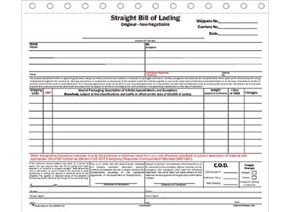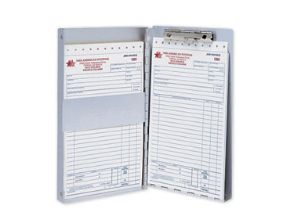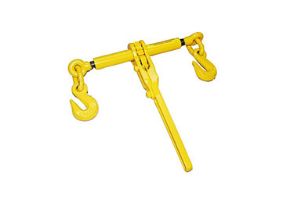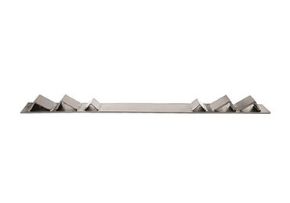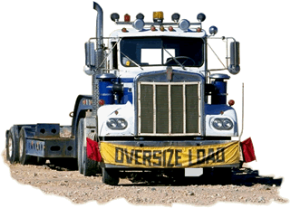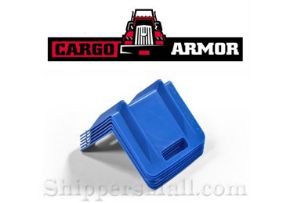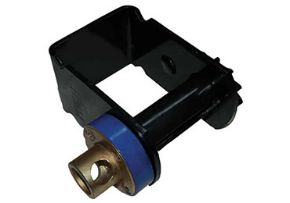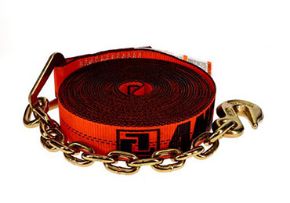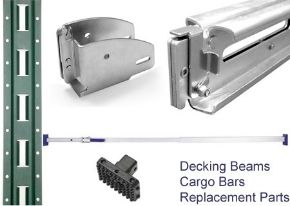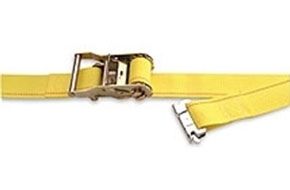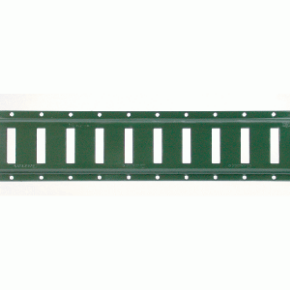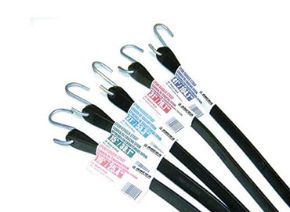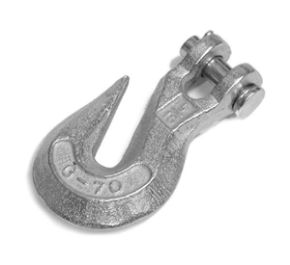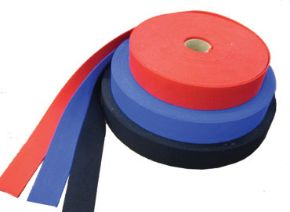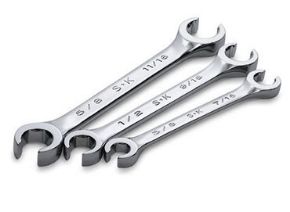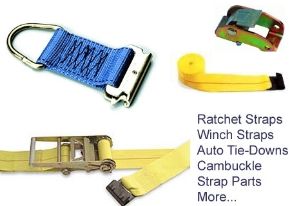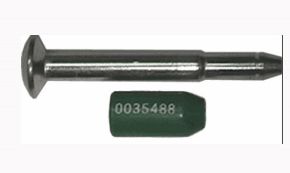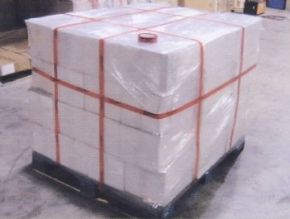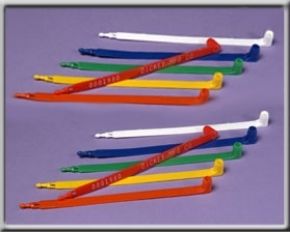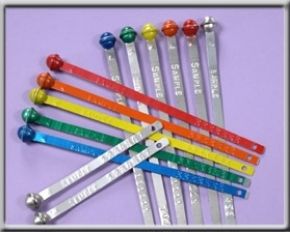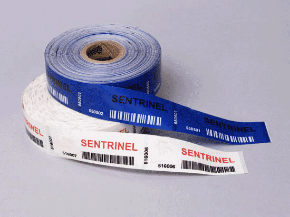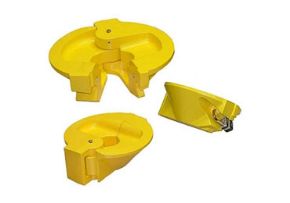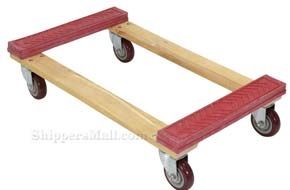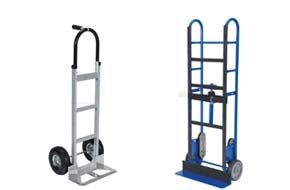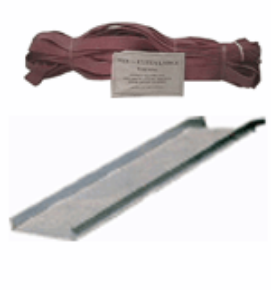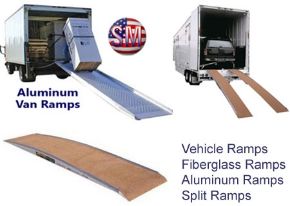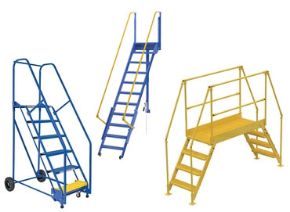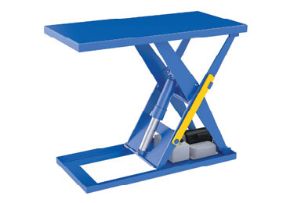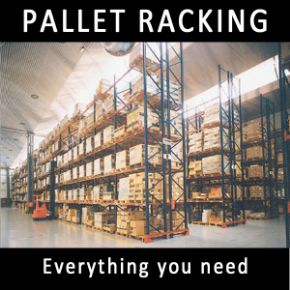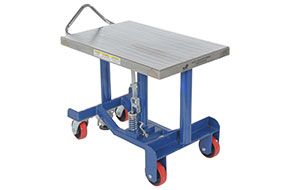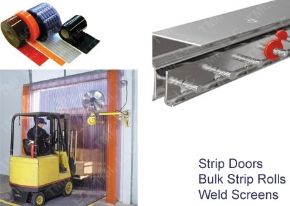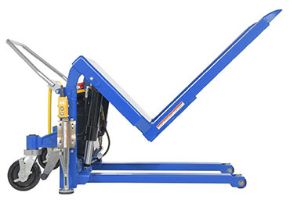Dock Board Durability Reference Page and General Discussion
After having been in business for 45 years, we feel we can draw upon past experience to give some guide-lines regarding our equipment and its uses. The following is a recommended guideline for our type of dock equipment in general.
1. "SAL" Series Steel Dock Board with Lifting Loops are the Cadilac of dockboards. As the SA series they are best suited for companies running 3 shifts, 24 hr. days, high volume, abusive environment, specifically for forklift traffic. This dockboard has a welded leg assembly. Widths up to 84" and lengths up to 96" with a capacity up to 30,000 Lbs.
2. “SA” Series steel dock board - best suited for companies running 3 shifts, 24 hr. days, high volume, abusive environment, specifically for forklift traffic. This dockboard has a welded leg assembly. Widths up to 84" and lengths up to 96" with a capacity up to 30,000 Lbs.
3. “SDP” Series steel dockplate - suited for high volume applications, running one or two shifts, for forklift applications. (welded leg assembly)
4. “LA” Series aluminum dockboards - suited for forklift traffic and pallet jack, both powered and non-powered - not recommended for high traffic applications, single shift operations, 5 day work weeks, servicing up 6-8 trucks per day. (welded leg assembly)
5. “APC” Series aluminum dockplates with curbs - for pallet jacks (powered or nonpowered) and limited forklift traffic, single shift operation, two shipping days per week handling 5-6 trucks per day. (bolt-on legs)
6. "AP & APH" - Series aluminum dockplates - best suited for two wheeled hand trucks, pallet jack (powered and non-powered), lengths in excess of 60. are not recommended for pallet jack traffic due to excessive deflection, recommend the .LA. series or .APC. series instead. (bolt-on leg assemblies)
PROS & CONS
The following models are equipped with bolt-on steel legs: AP, APH, and the APC series.
The locking legs of any of the above listed units are subject to more abuse than any other component on the dockboard or dockplate. The fact that the legs are bolted in place makes them quickly, easily and economically replaced when damaged or broken.
The remaining listed models all have welded leg assemblies: SA, BSD, LA, and SDP series.
The welded leg assemblies are capable of absorbing more punishment at the onset, but once damaged or broken you will require conventional arc welding equipment to implement repair in the steel units and heli-arc welding equipment for repair of aluminum units, either of which will require more time and money than replacement bolt-on legs.
Keep in mind that when it comes to the leg assembly of any portable dockboard it is not a question of whether or not the leg will become damaged or broken, the question is simply . . . . when.
Aluminum or Steel - Which One?
If a dockboard must be handled by hand, the aluminum dockboard is the correct board. However, if the dockboard is too heavy to be handled by hand, requiring a fork lift truck, then serious consideration should be given to the steel dockboard. The fork lift truck will never know the difference.
Factors in Favor of the Steel Board
1 . Steel dockboards are generally lower in price than aluminum boards. This is especially true on railroad dockboards.
2. The steel dockboard has proven to be a much more durable product than the aluminum dockboard, especially for applications where the treatment of the board is considered rugged. The steel board will far out last the aluminum board, resulting in a greatly reduced cost per year.
3. The steel dockboard is actually a safer board. Because of the fact that steel dockboards are too heavy to lift by hand, fork lift trucks must be used. This eliminates the likelihood of a back injury from lifting.
4. If the dockboard is ever damaged, repairs can be made more easily on a steel dockboard than on a board made from aluminum. Most companies have welding equipment for steel, but not for aluminum (requires heli-arc welding).
5. Steel has a harder surface than aluminum, giving greater resistance to abrasion. This means that the raised diamonds of the treadplate will last longer on a steel board than on an aluminum board.
Truck Dockboards:
In order to properly spec out a truck dockboard four things must be known about the siding where the board is to be used.
1. The Dock Height.
2. The type of semi-trailers the customer will be servicing.
3. The type of equipment that will be driving over the dockboard.
4. Any special considerations because of dock bumpers, sloped docks, height restrictions, etc.....
Dock Height: Measure above ground level and note any sloping areas in front of the dock. It is important to know this dimension because this determines the height differential and the length of the dockboard.
Type of semi-trailers the customer will be servicing: Regular semi-trailers vary between 45-55”.
Refrigerated trailers vary between 48-59. Also most refrigerated trailers have a step or longer ledge in the rear of the trailer; this requires a longer lip than normal.
Type of Equipment: You need to determine the largest truck (load) that will be taken over the board. Also note if pallet trucks, electric lift trucks, or any special equipment that can only go up a gentle slope is to be used with the board.
Special considerations because of dock bumpers, sloped docks, or sloped drives, Height restrictions: Dockboards are made to go between the truck and the bumper not in between bumpers. If this is not possible, we will need to know the thickness and spacing of the bumpers. Also at some locations because of low ceiling heights the truck must back away from the building, keep a look out for unusual situations.

